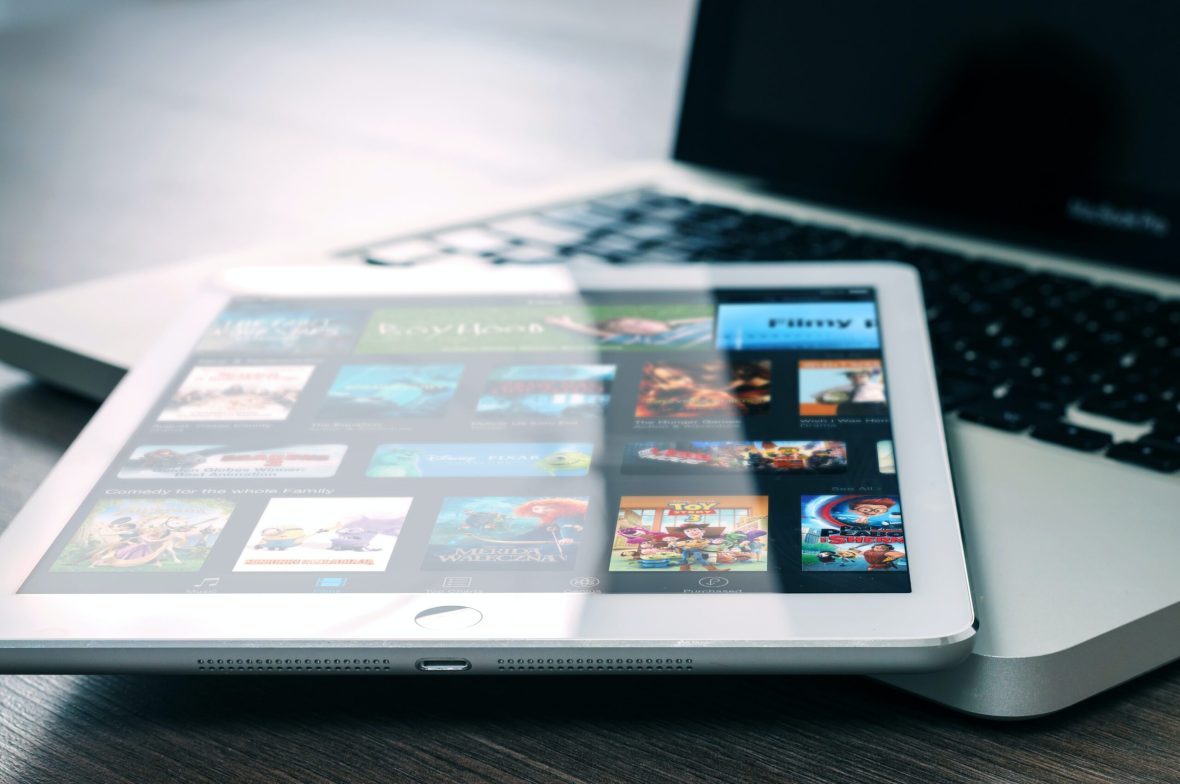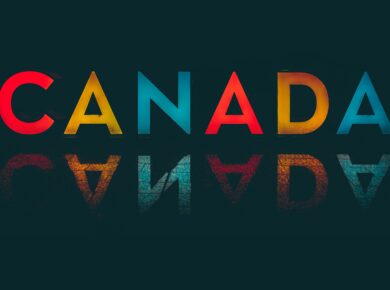The use of technology to promote learning and teaching is known as educational technology (ed-tech). The study of educational technology involves analysing, creating, developing, implementing, and evaluating the instructional environment, learning materials, learners, and the learning process to enhance teaching and learning. Edutech is examined in this article.
When learning institutions customise a curriculum for learners’ ability levels by introducing and reinforcing new content that learners can handle successfully, EdTech has taken place. In learning, there are tools of educational technology useful for imparting knowledge and skills by teachers, instructors, educators, and tutors.
Some of the tools are Discord, Slideshare, Google Teams/Meet, Zoom, Google Maps, ClassPoint, Google Sites, Google Scholar, Whereby, Masterclass, OneNote, Udemy, Quizizz, Coursera, Moodle, Articulate, TED Talks, Slack, Gmail, Outlook, Vimeo, Google Classroom, Facebook, WhatsApp, Spotify, and ChatGPT.
Some Examples of EduTech
In-Class Tablets: Tablets may be used to improve student learning by connecting them to a wealth of information and possibilities for studying outside of the classroom. Tablets also enable more content customisation and an improved opportunity for creativity in the classroom.
Interactive Whiteboards and Projection Screens: An interactive whiteboard (IWB), also known as an interactive board or smart board, is a big interactive display board in the shape of a whiteboard.
They are also known as “IWBs” and are flat-panel displays that function as physical hardware. They can only function in the presence of a computer, a projector, and an LCD monitor. Users can interact with the monitor’s content by using touch gestures or physical pens.
Online Content Delivery: The process of delivering web-based media across a specific medium, such as the Internet or television broadcast channels, is known as content delivery.
Any online media must be sent from a first server (the originating server) to a second server (the cache server). This is sometimes referred to as content caching.
MOOCs: Massive Open Online Courses (MOOCs) are free online courses that anyone may take. They are intended for large groups of students who may be geographically separated, and they are accessible to anybody with an internet connection.
MOOCs might be designed like college or university courses or less structured. They provide limitless enrollment and involvement. Traditional course elements, such as lectures, readings, and problem sets, are included in MOOCs.
Some subjects available in MOOCs
- Professional development: This requires the development of the profession before you can make use of it appropriately. Massive Open Online Courses will be effectively used through learning, having training about it, and applying the training. The training may be accompanied by certification or testimonials that will authenticate it.
- Personal development: Apart from professional development, there is a need for personal training that will develop the learners and the users of the Online Courses. When you develop your knowledge personally, you will get familiar with every aspect of the program.
- Art, design, and creativity: Another thing you should know about Open Online Courses is art, design, and creativity. These are necessary just because the program requires a creative mind, art, and design. There are ways of designing online courses that need special attention.
- Computer science: There is no way you will not be skilled in computer systems and use the platforms. EduTech requires the knowledge and skills of computers, such as CPU, laptop, tablet, Android, iPhone, etc.
While MOOCs are not academic degrees, they may be an excellent supplement to a resume. MOOCs are important to certain recruiters and HR managers.
Benefits of EduTech
Teachers may enhance and improve their classroom’s learner-centeredness: Using a laptop or phone to impart knowledge in the classroom will enhance the teaching and learning process. The slides and materials needed will have been programmed into the computer system and will use the preferred platforms for easy learning.
It allows teachers to engage their students in novel, imaginative, and egalitarian ways. It also allows teachers to track student progress and alter lessons: No matter where the teachers are using technological platforms to disseminate the lesson, all the learners will be carried along because there will be little or no distractions from other participants.
Educational technology (EdTech) has the potential to improve educational quality and the learning process. Educational technology improves the traditional ways of learning. Technology has made learning easy and simple, and has allowed cordial participation and interaction.
It can also assist educational institutions in remaining creative while reducing expenses: By using educational technology, learning will be more creative, and then expenses will be reduced. Instead of spending a huge amount of money on notes to prepare lesson notes and plans, your laptops will contain all these, and the materials will remain there for a very long time.
EdTech provides students with access to a diverse set of teaching and learning tools. When you adopt educational technology, learners will have access to learning tools such as Google Search, YouTube, Microsoft Teams, Google Meet, Zoom, Word, etc.
Students can also study from the sources that they find most useful. Through the adoption of educational technology for the teaching-learning process, learners will have a good learning experience from the sources of the preferred platform. For example, if you are constantly using Zoom or Google Meet for the teaching-learning process, you get used to them.
EdTech enables students to learn at their own pace and in their own time: The teacher can schedule their class at their own pace and at a convenient time. Even if the teacher has delivered the lesson, he can save it for learners to learn at a convenient time.
Education technology may raise awareness of new technical breakthroughs: The adoption of educational technology requires all learners involved to learn the technical aspects of the platform to use for the teaching-learning process. This is very important so that teachers and learners will be free from technical issues.
EdTech has the potential to improve students’ mental and physical health: The learners’ mental and physical health tends to be improved through the use of educational technology. It will make your brain work smarter, and you will be agile.
Conclusion
EdTech, or educational technology, strives to enhance learning environments and student results. It has the potential to improve student involvement and participation. It may improve individualised education, relieve instructors of the load of teaching, provide students with access to resources, create interactive and collaborative learning experiences, and provide educators with tools to improve their teaching. I hope you found the EduTech post informative. Read further on this page.










